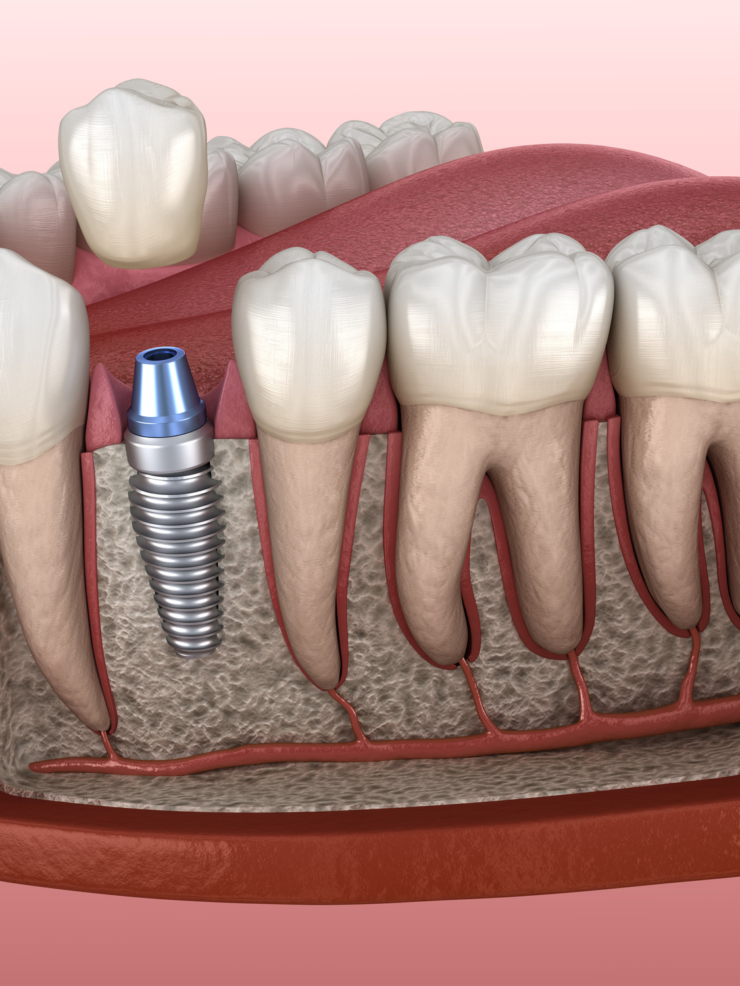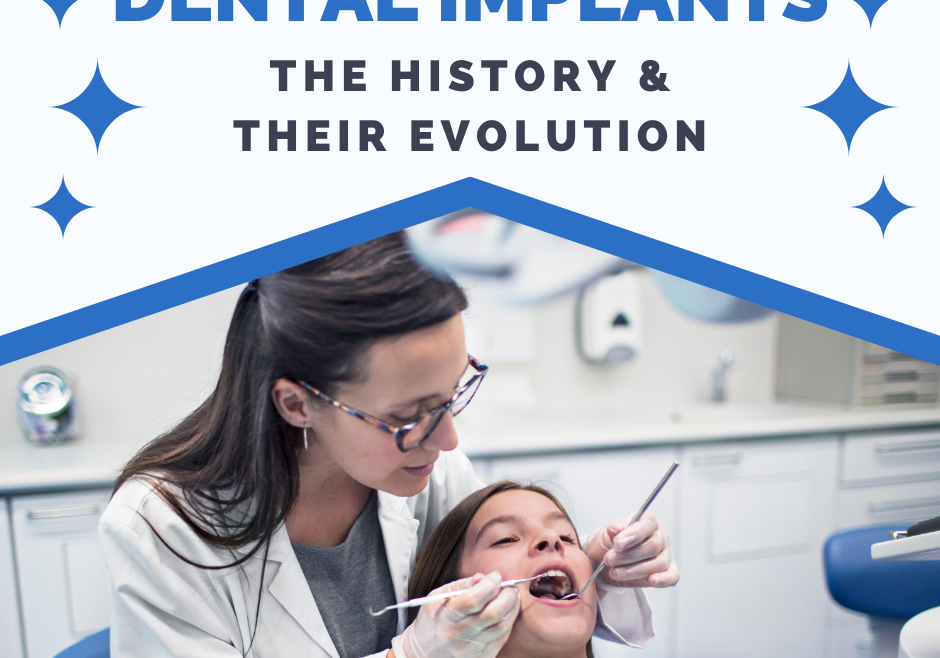Dental implants are a modern solution for missing teeth, but did you know that they have a long and fascinating history?

In this article, we will explore the history of dental implants and how they have evolved over time.
The Earliest Known Dental Implants
The earliest known dental implants date back to ancient civilizations such as the Mayans and Egyptians.
These early implants were made from materials such as seashells, stones, and animal teeth.
The Mayans, for example, would place carved stones in the sockets of missing teeth.
The Egyptians, on the other hand, used gold wire to stabilize loose teeth and fill gaps in their teeth.
The Birth of Modern Dental Implants
It wasn’t until the 1950s that modern dental implants were developed.
Swedish orthopedic surgeon Per-Ingvar Brånemark is credited with inventing the first modern dental implant.
He was experimenting with titanium screws for bone healing and noticed that the screws fused with the bone tissue.
This discovery led to the development of the osseointegration process, which is the foundation for modern dental implants.
The First Dental Implant Procedure
In 1965, Brånemark performed the first dental implant procedure on a human patient. He placed four titanium implants in the lower jaw of a patient who had lost several teeth.
The patient was able to successfully use the implants to chew food and speak normally. This groundbreaking procedure paved the way for modern dental implant technology.
The Evolution of Dental Implant Materials
Since the development of modern dental implants, there have been many advances in the materials used to create them.
Titanium is still the most commonly used material for dental implants, but other materials such as zirconia and ceramic have also been developed.
These materials are often used in cases where patients are allergic to metal or prefer a more natural-looking replacement tooth.
The Advancement of Dental Implant Techniques
Over time, dental implant techniques have also evolved.
Today, there are several different types of dental implants available, including endosteal, subperiosteal, and zygomatic implants.
Endosteal implants are the most common type and are placed directly into the jawbone.
Subperiosteal implants are placed on top of the jawbone and are often used in cases where the patient has insufficient bone density.
Zygomatic implants are anchored in the cheekbone and are used in cases where there is not enough jawbone available for traditional implants.
The Future of Dental Implants
As technology continues to advance, so do the possibilities for dental implant technology.
Researchers are currently exploring the use of stem cells to regenerate bone tissue, which could help improve the success rate of dental implant procedures.
Additionally, 3D printing technology is being used to create custom implants that are tailored to the specific needs of each patient.
Conclusion
Dental implants have come a long way since the days of seashells and animal teeth.
Thanks to the pioneering work of Per-Ingvar Brånemark and other researchers, dental implants have become a safe, effective, and long-lasting solution for missing teeth.
As technology continues to advance, it is likely that dental implant technology will continue to improve, providing patients with even better solutions for their dental needs.
If you’re considering dental implants, be sure to discuss your options with your dentist to determine the best course of treatment for you.

